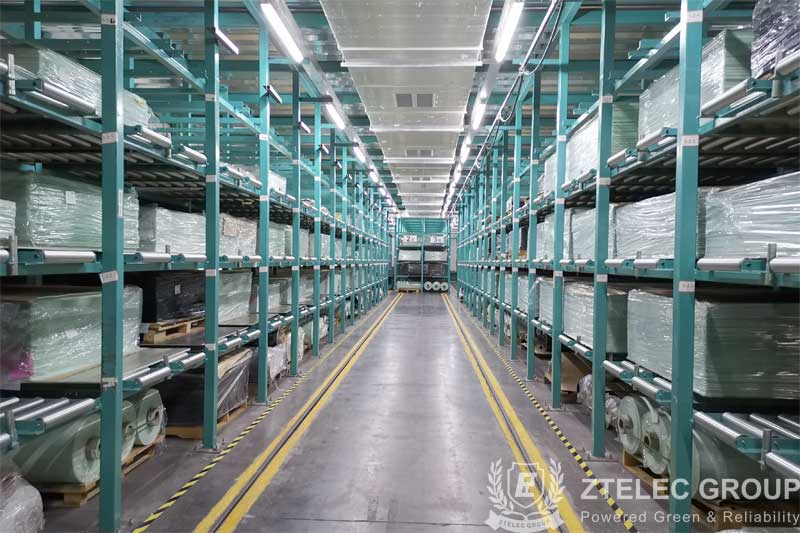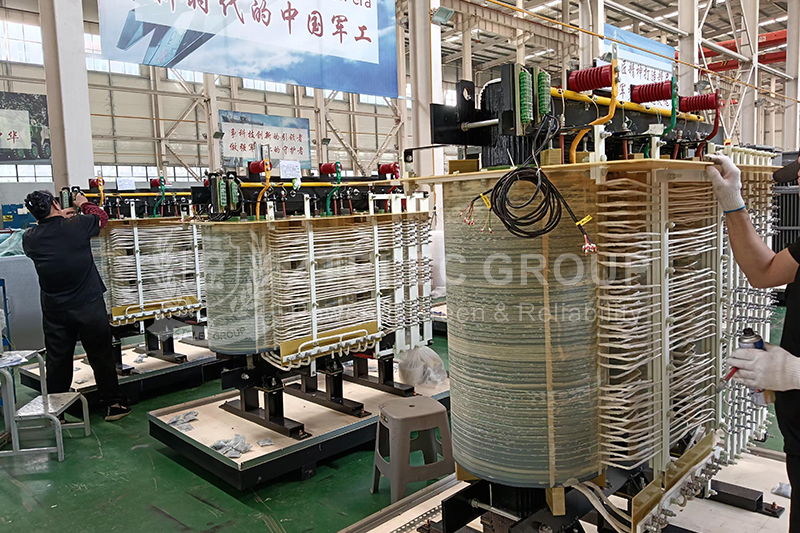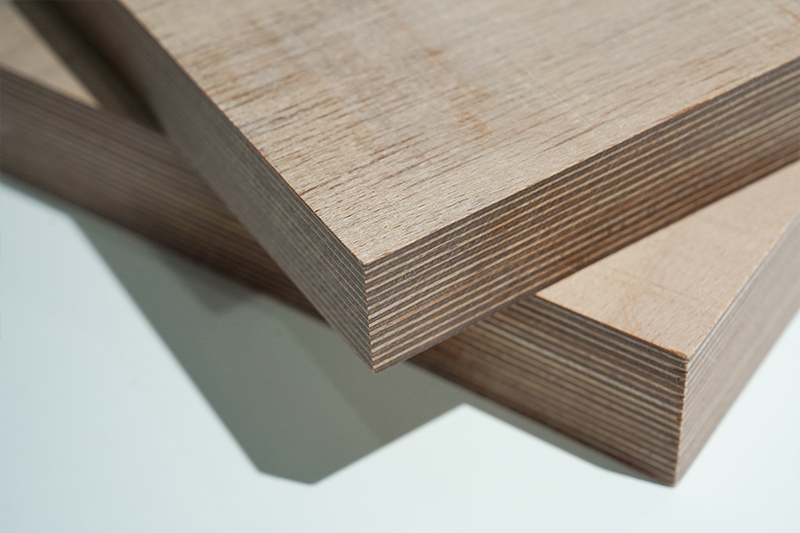The use of insulating materials in motors
The concept of insulating materials: To stop electric current from going through, volume resistivity is usually greater than 109 ΩNaN.
The role of insulation material: Separate the charged part from the uncharged part or separate the part with different potentials. It plays the role of insulation sheet like FR4 sheet, so that the current can flow in accordance with a certain path.
Motor: Electromagnetic mechanical equipment for energy conversion
Main materials used in manufacturing motors: conductive materials (windings, commutators, electric brushes), insulating materials like insulation sheet FR4 fiberglass sheet (separating charged parts from the ground parts such as the core and the frame, and separating the charged parts with different potentials), magnetic materials (each part of manufacturing magnetic system such as the core and the frame, etc.).
Insulation structure of motor: inter-turn insulation, inter-layer insulation, ground insulation and outsourcing insulation. There are also the filler insulation, the liner insulation and the commutator insulation.
1. Inter-turn insulation: inter-turn insulation of the main pole coil and the commutator pole coil, inter-turn insulation of the armature coil, commutator plate, inter-sheet insulation, and insulation between the turns of the same coil.
2. Inter-layer insulation: Insulation between layers, front and rear end sections of the armature winding, insulation between upper and lower parts of the slot, insulation between upper and lower parts of the coil.

3. Insulation to ground: It refers to insulation of windings of the motor between the stand and other uncharged parts, the insulation to ground of the commutator of the main pole coil, the insulation to ground of the armature winding and the insulation to ground of the commutator. It separates the charged parts of the motor from the uncharged parts such as the stand and iron core to avoid the occurrence of breakdown to the ground.
4. External insulation: The insulation outside the ground insulation is mainly to protect the ground insulation from mechanical damage and make the whole coil firm and smooth, which also plays a role in strengthening the ground insulation.
5. Insulation filling: The gap of the coil is filled so that the whole coil is firmly formed as a whole to reduce vibration. And the coil will be smooth. It facilitates the wrapping of insulation to the ground, and also conducive to heat dissipation.
6. Liner insulation: Protects the insulation structure from mechanical damage during operation.
7. Insulation of commutator: insulation between commutator pieces, insulation of commutator group to ground, V-shaped mica ring and mica sleeve between commutator group and pressure ring, multi-layer high quality shellac plastic mica.
8. Insulation of stator wire rod wire: inter-row insulation, transposition insulation and transposition filling.
9. Rotor insulation of hydro-generator: inter-turn insulation, pole plate and pole body insulation.
- more+releated article
- 2025-12-13How to Select and Use Phenolic Cloth-base Lami
- 2025-12-13How Much Does Bakelite Sheet Cost? 2025 Price
- 2025-12-13Why are most 3240 epoxy boards yellow?
- 2025-12-13What are the Main Applications of FR4 Epoxy Bo
- 2025-12-13Why Does the Price of Insulating Paperboard Va
- 2025-12-13Heat-Resistant DDP Insulation Paper
- 2025-12-13Comparison of Heat-Resistant DDP Insulating Pa
- 2025-12-13G10 and FR4 Epoxy Boards: Commonly Used for Ge
- 2025-12-13The Price of Heat-Resistant DDP Insulation Pap
- 2025-12-13How to Choose Epoxy Laminate Materials for Gen





